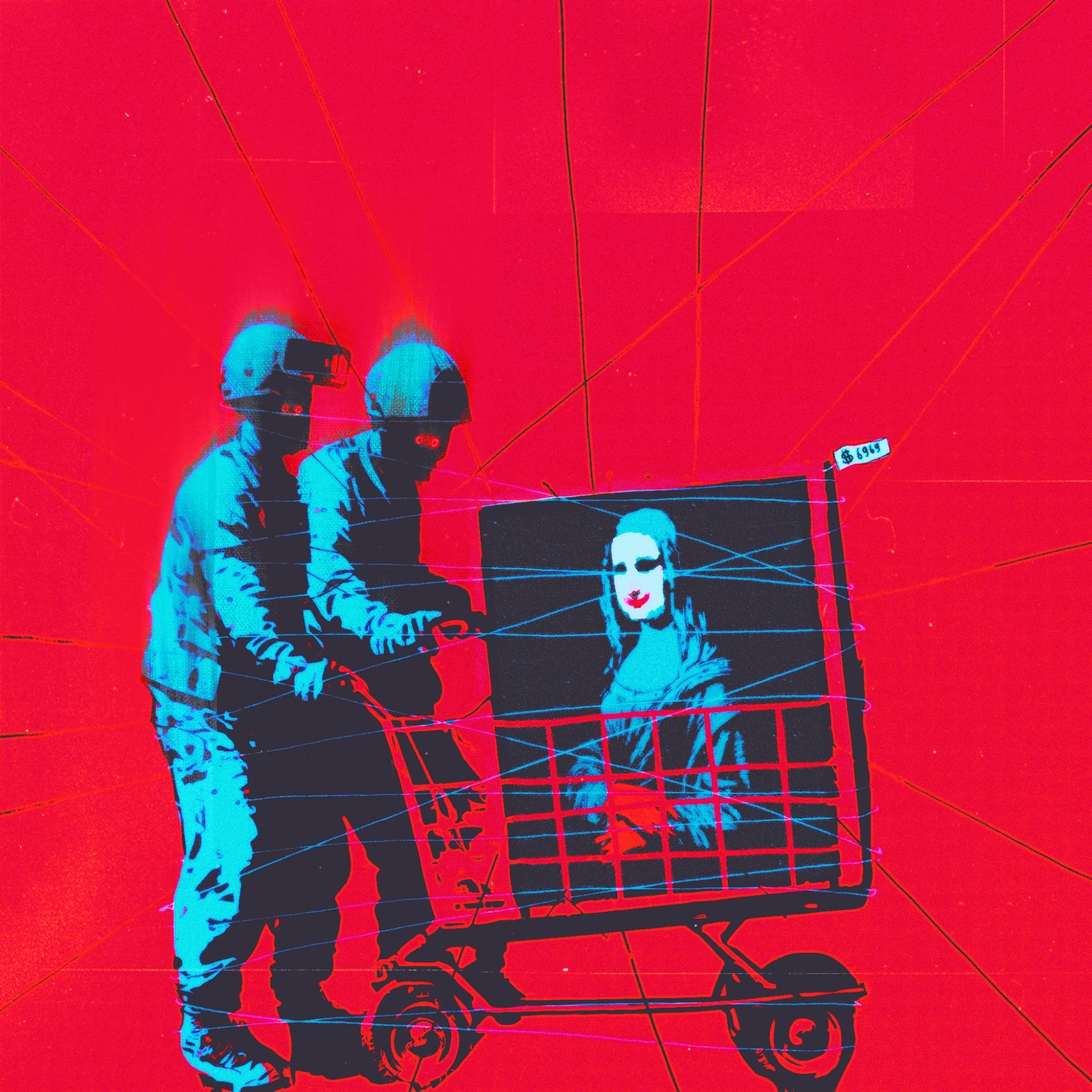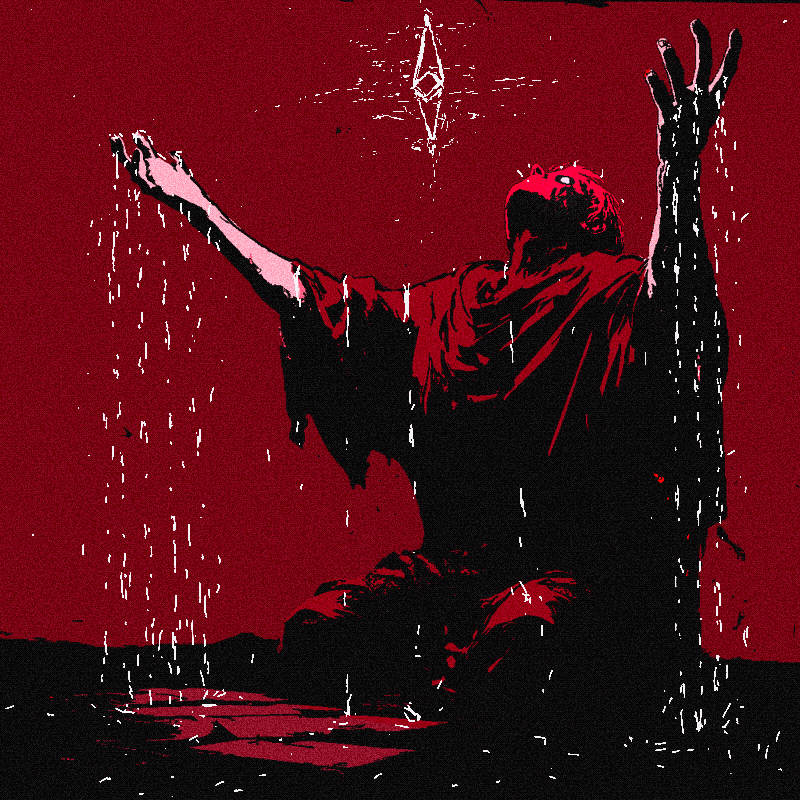Kungfuhavestyle: Pop Culture Expressionism in Motion
August 24, 2025
In the shifting landscape of digital art, where memes collide with myth and glitch becomes language, few artists have carved out a style as distinct as Kungfuhavestyle. His work, often described as Pop Culture Expressionism, captures the fever, rhythm, and ritual of internet culture while grounding it in formal precision.
“For me, Pop Culture Expressionism is the emotional weather report of the timeline,” he explains. “I pull from memes, headlines, UI debris, and market slang, then strip them down to their feeling, tone, panic, bravado, longing, discipline. The ‘pop’ gives me the shared symbols; the ‘expressionism’ lets me bend them until the mood is visible.”
That translation of collective noise into visual clarity defines his approach. Tight grids, deliberate color, and typography wielded like brushstrokes create works that feel at once urgent and enduring, fast to read, slow to forget.
Myth, Ritual, Meme
Beyond aesthetics, Kungfuhavestyle sees his work as a layered narrative system. “Yes, those three are the spine,” he says when asked about myth, ritual, and meme culture. “Myth gives archetypes (hero, trickster, martyr). Ritual gives repetition and form (daily practice, drop mechanics, auctions). Meme culture is the living folklore that moves between us at light speed. My pieces tie them together: an image that looks like a meme at a glance but behaves like a small ritual and sometimes exposes the myth underneath.”
This fusion makes his art instantly recognizable: a visual language where the fleeting becomes archetypal, and the joke hides a deeper story.
From Rule to Glitch
Process, for Kungfuhavestyle, begins with words. “Most works start as a single line in my notes, what I call a ‘rule’ or a phrase with heat.” From there, thumbnails and grids provide structure, a limited palette locks in mood, and typography sets the tone. Only once the piece stands clean and whole does he allow entropy to enter.
“I treat glitch like spice, not soup,” he says. “The clean version must stand on its own; the glitch only amplifies the intent. I set rules where chaos is allowed, how much signal-to-noise, what must remain readable, then let randomness play inside that sandbox. If the effect becomes the subject, I roll it back. The message leads, entropy follows.”
It’s a philosophy of discipline over noise, ensuring that even in distortion the work retains its clarity.
Evolution and Restraint
Kungfuhavestyle’s evolution reflects a move from maximalism to restraint. “Early on I chased maximal glitch and loud neon. Over time I’ve moved toward fewer colors, stronger typography, clearer hierarchy, and motion that feels like breath control.”
Thematically, too, his work has matured: “From ‘look at this noise’ to ‘here’s a decision, here’s a cost, here’s a rule to live by.’” This growth reflects not only an artist refining craft but also one embracing responsibility, using daily practice as a discipline and storytelling as a mirror.
Looking Ahead
Currently, Kungfuhavestyle is undertaking an ambitious year-long project: 365 days of rules. “Obviously, I will focus on the rules first, because this will be a long journey, lasting 365 days, and we are only on day 40.”
But even within this framework, he is thinking beyond himself. “I have also thought about what I can give to my collectors and would like to hear their suggestions and advice for the future, because basically we are in this together and are open to each other.”
This openness to process, to community, to myth and glitch alike is what gives his work its pulse. Kungfuhavestyle doesn’t just make images; he constructs rituals, compressing the chaos of culture into art that breathes.
Join the conversation on Twitter…




